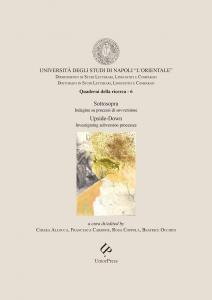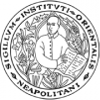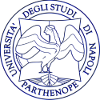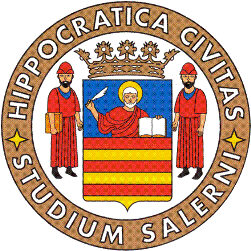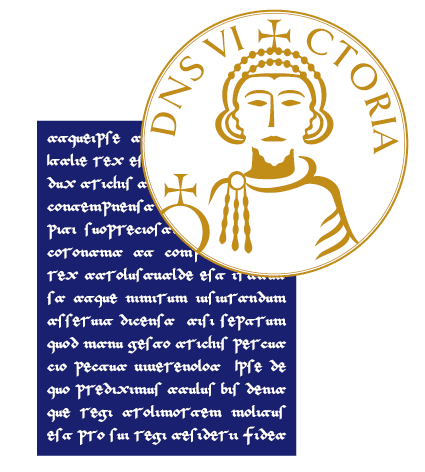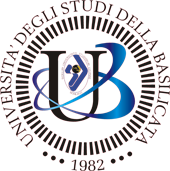Upside-Down: Investigating subversion processes
Keywords:
Subversion Studies, Avant-garde, Theognis, Renaissance tragedy, Tommaseo Niccolò, Xiandai hanyu cidian 现代汉语词典, Trisha Brown, artificial voice, Juvenile language, figurative language, Ponzio Pilato, Masaniello, Leopold Jessner, Interpretationstheater, Pascal Quignard, Bertolt BrechtSynopsis

Publisher: UniorPress
Series: Research Papers
ISSN: 2724-5519
Pages: 374
Language: Italian
NBN: http://nbn.depositolegale.it/urn:nbn:it:unina-26484
Abstract: According to its etymology, the concept of subversion traces a precise movement: the turning upside-down, that is, switching, reversing course. The overthrow of established paradigms periodically leaves its mark upon history, taking the form of a revolutionary act that, in turn, triggers further regenerations processes. In this framework, the subversive condition reveals its elusive nature, since it disappears in the moment of its fulfilment, hiding itself behind the curtains of every historical event.
Based on these considerations, this volume aims to outline subversion as a dynamic process of our socio-cultural history, whose different forms are shaped by the dialogue between opposing subjects. In doing so, this book positions itself firmly within the new-born field of Subversion Studies, offering an interdisciplinary double gaze, that, similarly to the same concept of subversion, holds together past and present.
The volume is divided into three sections: The Political – The Media – The Public, tripartition borrowed from the research carried out by Thomas Ernst - a leading exponent of Subversion Studies – whose article opens this volume. By applying this subdivision, we intend to draw attention to three different areas in which the Subversive manifests its own nature: firstly, the political negotiation between subjects and the outside world; secondly, media and their revolutionary use; and, finally, the cultural heritage and its interpreters, caught in the act of rewriting and subverting tradition.
Downloads
